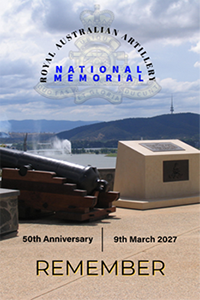|
||||||||||||||||||||||||||||||||||||||||||||||||||||||||||||||||||||||||||||||||||
| Have a Question / Feedback ? | Submit- only questions about this website will be answered | Search Our Site |
|
| Defence Honours and Awards | ||||||||||||||||||||||||||||||||||||||||||||||||||||||||
| Distinguished Conduct Medal | ||||||||||||||||||||||||||||||||||||||||||||||||||||||||
| Artillery recipients of this Award are listed at the bottom of the page. | ||||||||||||||||||||||||||||||||||||||||||||||||||||||||
|
||||||||||||||||||||||||||||||||||||||||||||||||||||||||
Everywhere Whither Right and Glory Lead |
||||




